Dating back to the 8th century B.C., feta cheese is even cited in Homer’s Odyssey, following the journey of Odysseus all the way to the table of ancient Greeks.
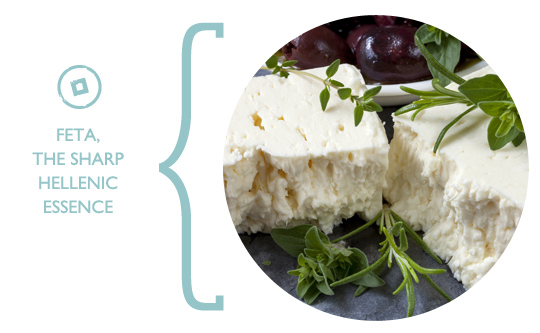
The worldly renowned authentic Greek Gastronomy added the sharp essence of genuine Hellenic authenticity to everyday life.
The Name
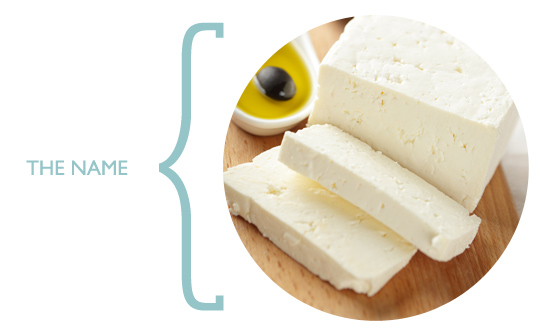
The word “feta” derives from the Italian word “feta” meaning slice originating from the Latin word “offa” meaning bite due to the fact that feta cheese was served either in bites or slices.
Nutritional Value
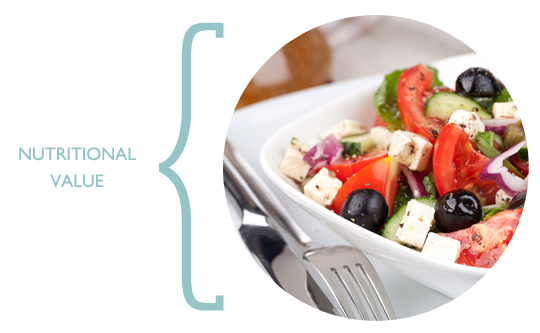
Feta cheese is rich in protein, calcium, sodium and iron fulfilling a high percentage of our nutrient daily requirements.
The Characteristics
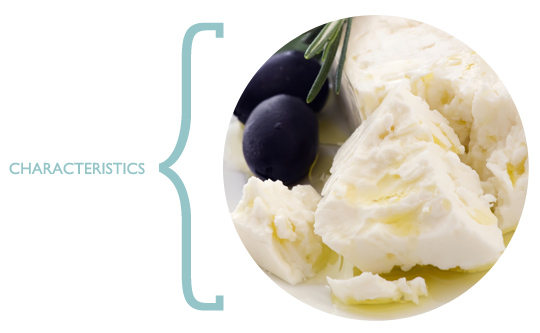
Texture: Feta is an aged, soft, compact, brined, curd cheese with tiny or no holes, creamy, crumbly or grainy typically moulded in square-shaped blocks.
Flavour: Firm or soft, mild or intense, salty, robust, slightly herbal and in some cases even bitter or with a slightly sweet finish, depending on its origin. Mild, softer and creamier in Macedonia, more intense in Central Greece, dryer and full flavoured in the Peloponnese.
Colour: The colour of Feta is white or off-white.
The Production
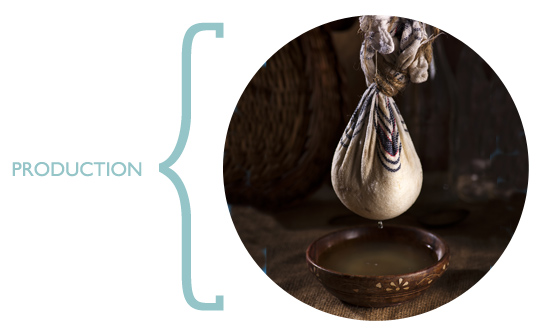
Legal Components
According to the law feta cheese should only be produced by whole sheep’s milk or a blend of sheep and goat milk with goat milk covering at the most 30% of the blend.
Sheep Breeds
There are particular sheep breeds that are specially bred and raised for milk production. Producers collect the milk in large barrels and transfer it to the cheese dairies.
Pasteurization
Then the milk is pasteurized at approximately 72°C for almost 15 seconds and as soon as its temperature reaches approximately 35°C rennet enzyme is added in order to achieve full coagulation where you will see the blend taking the form of curds.
Stored-Drained-Salted
Then the curds begin to form and as soon as they become compact they are cut up, they are stored in a particular cloth bag or container so as to drain for some hours. When the curds have drained they are ready to be cut up and salted. Then the curds are placed in metal containers and given some time to infuse.
Aging & Maturation
After a few days this phase is complete and you are ready to pass to the stage of aging and maturation where the curds are placed in brine and stored at room temperature. This process may take several weeks and once it is complete the metal containers must be transferred to a refrigerated and humid environment for approximately 2 months or until they reach the proper stage of maturity.
Distribution & Serving

The cheese is ready to be transferred to the local groceries in its metal containers and be bought by consumers straight from the container.
Feta cheese can be served as an accompaniment to any kind of dish with olive oil and oregano, in the Greek salad or enjoyed in cheese and spinach pies, pizza and many more mouthwatering Greek recipes.
If Greece had a taste it would definitely be that of feta cheese graciously drenched in extra virgin olive oil.
We tempt you to savour the Sharp Hellenic Essence, but beware, once the journey begins there’s no turning back!

